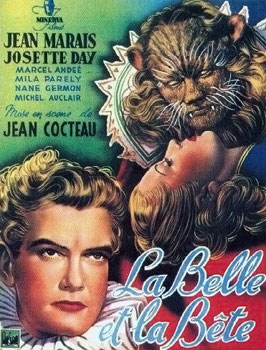 |
| Fig.1 |
He is found by a kind woman, Peg Boggs (Dianne Wiest), who insists that he come live with her and her family in a normal suburban neighborhood.
 |
| Fig.2 |
But the moment Edward is arrested they all turn their backs on him, leading to the ending being a mob baying for his blood.
 |
| Fig.3 |
Edward is naive and easily led astray with the right words, and also is shown to have difficulty in understanding figurative speech, which means his actions are less calculated than others will be, and he takes the fall for something that he didn't fully realize the consequences of, but the only person who appears to take any of this into consideration is the police officer who arrested him and shows concern for Edward's mental health and in the end attempts to placate the neighbors hatred with the implication that he had killed Edward, even though he had allowed Edward to run away back to his mansion.
 |
| Fig.4 |
Bibliography:
Images:
Figure 1, Poster (1990) [poster] At: http://cafmp.com/17741/edward-scissorhands-2/
Figure 2, Film still (1990) [film still] At: http://www.anothermag.com/art-photography/8102/ten-things-you-might-not-know-about-edward-scissorhands
Figure 3, Film still (1990) [film still] At: http://scathingly-brilliant.blogspot.co.uk/2011/03/style-idol-ladies-of-edward.html
Figure 4, Film still (1990) [film still] At: http://www.dkf.pwr.wroc.pl/terminy-projekcji-1/rok-2014/
Quotes:
Ebert, R. (1990) At: https://www.rogerebert.com/reviews/edward-scissorhands-1990 (Accessed on 7 November 2017)
Lee, M. (2014) At: http://www.telegraph.co.uk/culture/film/filmreviews/11298442/Edward-Scissorhands-review-a-true-fairytale.html (Accessed on 7 November 2017)
Propes, R. (s.d) At: http://theindependentcritic.com/edward_scissorhands (Accessed on 7 November 2017)















